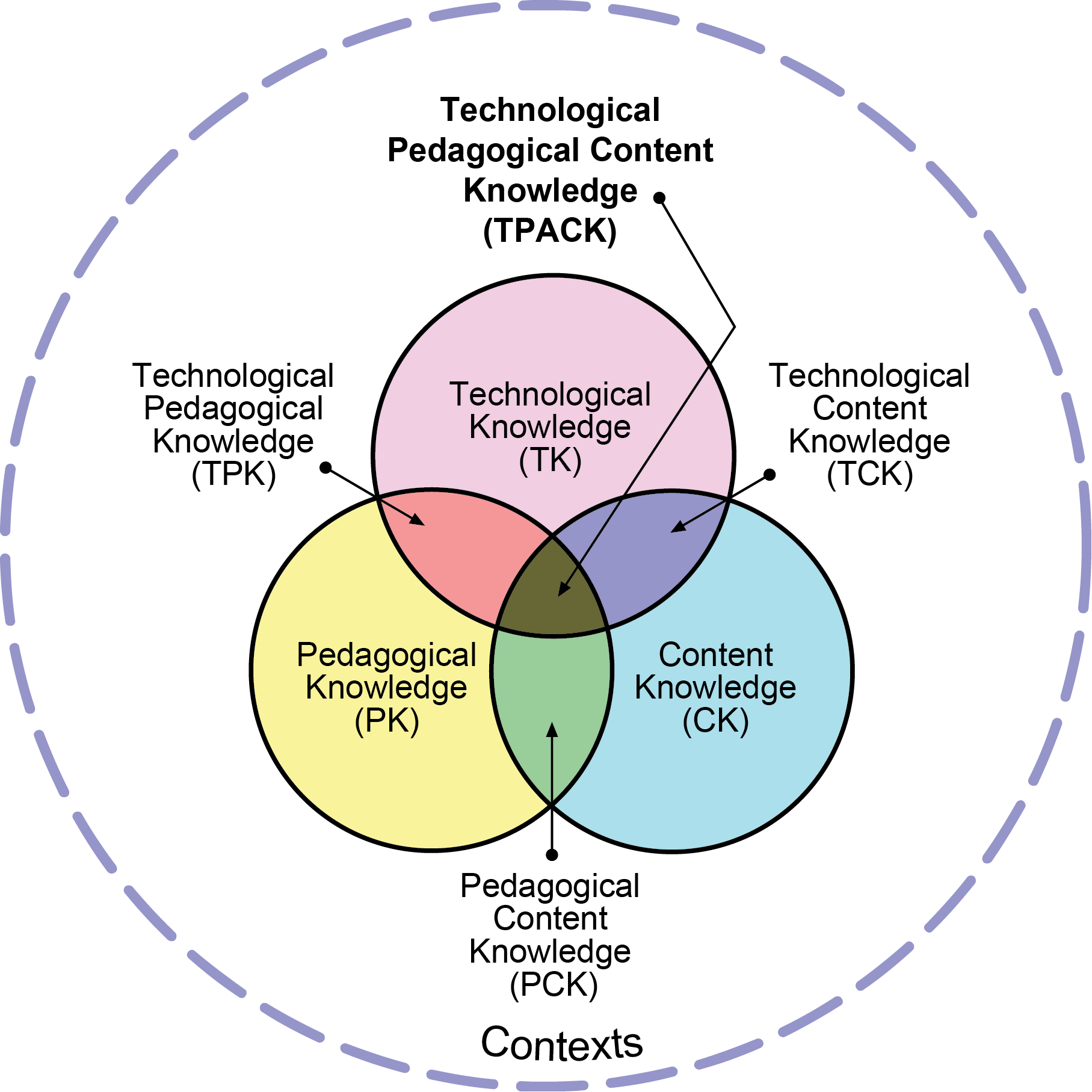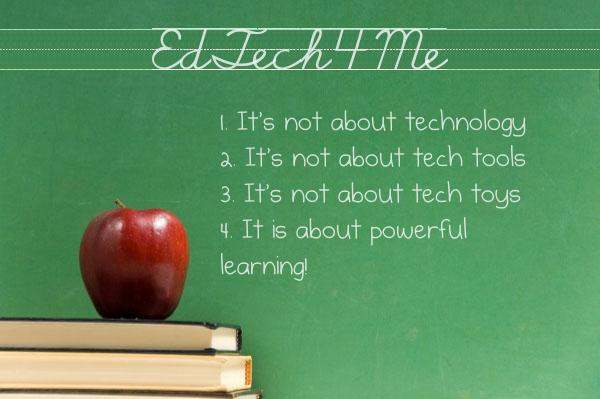globsofblogs17
Thursday, March 23, 2017
Affordances and constraints in education..................
The meaning of technology "affordances" and "constraints" in terms of education refers to what can be done (affordances) and what limitations (constraints) will arise while using technology to educate. Educating using technology broadens the scope of delivery of an educators subject matter. There are endless possibilities that can assist in the delivery of a lesson. A history teacher can make history come alive with the proper use of technology. There are a broad spectrum of apps, games, and blogs to assist a tech savvy educator with presenting a engaging lesson that will have your students begging for more.
My all time favorite site for innovative teacher ideas, has to be pinterest. Pinterest is an awesome website for educators, especially if you are challenged in the creative department. I use it for substitute teachers who are assigned to my place of employment, but there are no sub-plans available. It is also a handy tool to find something for my own children to do when boredom strikes. There are so many awesome technological tools that can be used when it comes to education. From beat making apps in music class, to apps that allow students to construct interactive history timelines.
There is a wealth of information that will offer the innovative educator many "affordances" in preparing students for the next level. However, there are some limitations to utilizing technology in education.
The number one constraint that is often sited when discussing technology in education is price. As someone who is employed in a low-income school, price is always the follow-up question to all "can we implement this" request. Although price plays a big role, internet connectivity is also another big one. The internet connection is subpar at best, and is not trustworthy enough to handle any large scale connection. In addition to price, and connectivity, I would also have to state that reluctance is the biggest constraint faced when attempting to do anything new and innovative. What I have found is that educators resist change more than any other people, which has contributed greatly to antiquated policies within the educational system.
Sunday, March 19, 2017
Flipped Classroom
The Flipped Classroom
The flipped classroom is most commonly used in post-secondary learning environments. I believe that it is a useful tool that can be used to introduce students to a subject that may be difficult to grasp. It can be especially beneficial to use this method to ensure that your classroom becomes more of a student centered learning environment. I myself thoroughly enjoy having an assignment to complete before class, so that I can be prepared to engage in classroom discussion. I am not sure if this technique is commonly used in the K-12 classroom setting. I am more familiar with the backward design and gradual release of responsibility models. This model would especially come in handy in a secondary education classroom.
I would utilize this model by first ensuring that all of my students have access to technology outside of the classroom. One of the key components of the flipped classroom model is introducing the material to be discussed or demonstrated in an electronic format prior to the class. Ensuring that the students have access to the required technology is essential. Next, I would ensure that the material would be able to shared and played over several formats, i.e. text, email, and app downloading.
Then I would gather information regarding the background knowledge of the specific content from my students. This will assist me in determining the type of electronic introduction that I would select to introduce the topic to my students. Which would in turn offer an outline on the rest of the instruction so that I so could plan and properly execute to ensure that my students grasped the content.
Educational technology best practices of the utmost importance
The next generation of world leaders are currently exposed to technology before they are formed in the womb. With 3-D sonogram imagery allowing them to smile for the camera before their cheeks have taken shape. It is no wonder that these children are able to navigate effortlessly on any electronic device before they are able to stand without assistance. It is only natural to utilize their love for electronics to assist them in developing a love for learning with the assistance of technology as well. Although the education world has been slow to integrate the use of technology, it is now beginning to recognize the importance of its use.
Technology in the classroom is an important aspect of student development. It can assist with reaching students on their individual learning styles, academic levels, and comprehensive abilities. Although technology in the classroom has great benefits, there are still best practices that should be implemented to ensure that it is used accordingly. There are a lot of ideas on what those best practices should be. I feel that the there should be universal best practices, but some of them should be tailored towards the individual institution of learning.
The most common best practices are: thorough staff developments (in order to have a successful technological program, administrators and educators must be properly trained), meaningful integration (the technology must directly relate to the content area,
classroom assignments, and learning objectives), seek student input (allow the students to give recommendations and feedback for the technology used) , experimentation (allow teachers some level of flexibility of the technology used), and bring your own device (most school districts face funding issues that limits the implementation of technology, allowing students to bring the devices that they have at home would help defer costs)..
Wednesday, February 1, 2017
To love TPACK, is to know TPACK!!
To love TPACK, is to know TPACK!
The
technical definition of TPACK is Technological Pedagogical Content Knowledge, which simply put, is a
framework that identifies the knowledge teachers
need to teach effectively with technology.
- The content aspect is defining the concept of teacher knowledge, defining the content within the subject, finding the relate-ability, and identifying the ideas and theories tied to what is taught.
- The pedagogical aspect is being in the know: knowing how your students will understand the concept, knowing what they will need as students as well as what you will need as the instructor, and knowing what pedagogical (method) strategy will fit best.
- The technology aspect is self-defining to me, but I'll slightly elaborate: it is deciding what technology will be used to introduce/execute the lesson.
The
use of TPACK should occur daily in the lesson plans of an educator, especially
since the focus of education has shifted in an attempt to keep up with the
technological advances of society. In my opinion education is lagging in its
incorporation of technology into day to day lessons. I believe that this is
mostly because of a lack of ingenuity on the part of the educator. Most people
want to blame the lack of school funding for technology for prehistoric
lesson delivery, but I believe that it is a matter of utilizing the tools that
you have in new and innovative ways. It is a must to hold the attention of today’s
students. Trying the TPACK method will ensure that students are retaining at
least some of the information that is being presented.

Thursday, January 26, 2017
What I hope to get out of this course.
I am excited to take Intro to Tech in the classroom with Professor Dr. Craig A. Cunnigham here at National Louis University. I know that this course will give me an edge when it comes to creating innovative lesson plans that will engage my students, and assist them in competing in a technologically advanced global society. This generation of students are born into technology. They can usually effortlessly navigate through various apps and games before they can formulate a complete system. I feel that we need to hone in on those skills as early as possible to further develop their abilities.
It is important for today's educators to offer lessons that relate to the leaders of tomorrow. Studies suggest that students are most likely to retain knowledge that relates to their interest. Gaining a technological education is a step in the right direction on my part. During this course I am eager to learn to use various websites like twitter, glogster, and piktochart to further enhance my technical abilities, which will ultimately lead to the technological enhancement of the students that I educate. I am also eager to gain knowledge that will enhance my technical abilities as well.
I consider myself to have moderate technical skills. I have always wanted to enhance my skills so that I too can compete in a technological society. I believe that it is important to continuously educate myself so that I will have an edge competitively if I ever decide to move in another direction professionally. I am extremely confident that this course will allow me to do so.
Thursday, January 12, 2017
Trial by Blogger
Before winter break I had a plethora of activities planned, but my wallet had other plans. I wanted to take in the city, get some rest, and visit family. Due to being a twelve month employee in an educational setting, I was not afforded that opportunity. I worked the entire break so that I could afford to eat, and have a place to live.
Subscribe to:
Posts (Atom)




